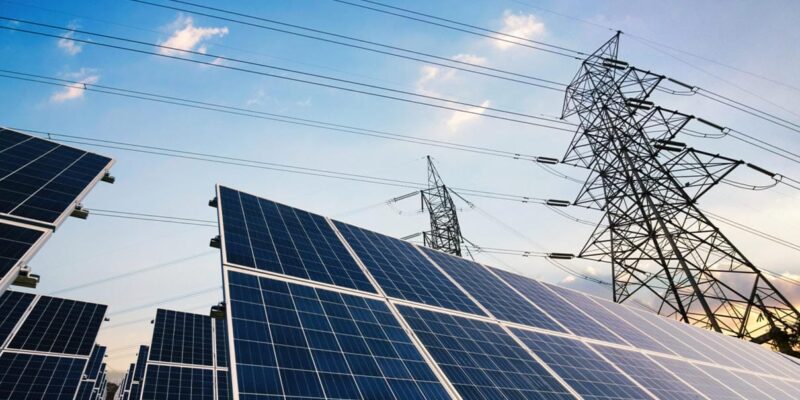As the demand for renewable energy sources like solar power continues to rise, understanding solar interconnection—the process of connecting solar systems to the electrical grid—becomes increasingly important. This vital step ensures that clean energy generated from solar panels can effectively contribute to the overall energy supply.
Solar interconnection refers to the technical and administrative process of connecting a solar photovoltaic (PV) system to the existing electrical grid. This connection allows solar energy produced by the panels to feed into the grid, where it can be used to power homes, businesses, and communities. The process typically involves:
- Application and Paperwork: Solar system owners must submit an interconnection application to their utility company. This application includes details about the solar PV system’s specifications, location, and intended connection point on the grid.
- Technical Review: The utility company reviews the application to ensure compliance with safety, reliability, and grid stability standards. This review may involve assessing the system’s impact on voltage levels, protection coordination, and overall grid performance.
- Agreements and Permits: Once the technical review is complete and approved, the utility and the solar system owner sign interconnection agreements outlining terms and conditions. Local authorities may also require permits before installation begins.
Solar interconnection enables renewable energy to integrate seamlessly into the existing grid infrastructure. This integration helps diversify the energy mix, reduce reliance on fossil fuels, and enhance overall grid stability and reliability.
By connecting solar PV systems to the grid, homeowners and businesses can generate their own electricity and potentially reduce their reliance on utility-supplied power. Excess energy generated during sunny periods can be fed back into the grid, earning credits through net metering programs.
Solar interconnection plays a crucial role in reducing greenhouse gas emissions and mitigating climate change impacts. It promotes sustainable development by supporting clean energy production and reducing the carbon footprint associated with electricity generation.
Solar interconnection is a fundamental process that facilitates the transition to a cleaner, more sustainable energy future. It empowers individuals and communities to harness the power of the sun while contributing to a resilient and efficient electrical grid. As governments, utilities, and stakeholders continue to prioritize renewable energy integration, understanding and streamlining the solar interconnection process will be key to accelerating the adoption of solar power worldwide.

